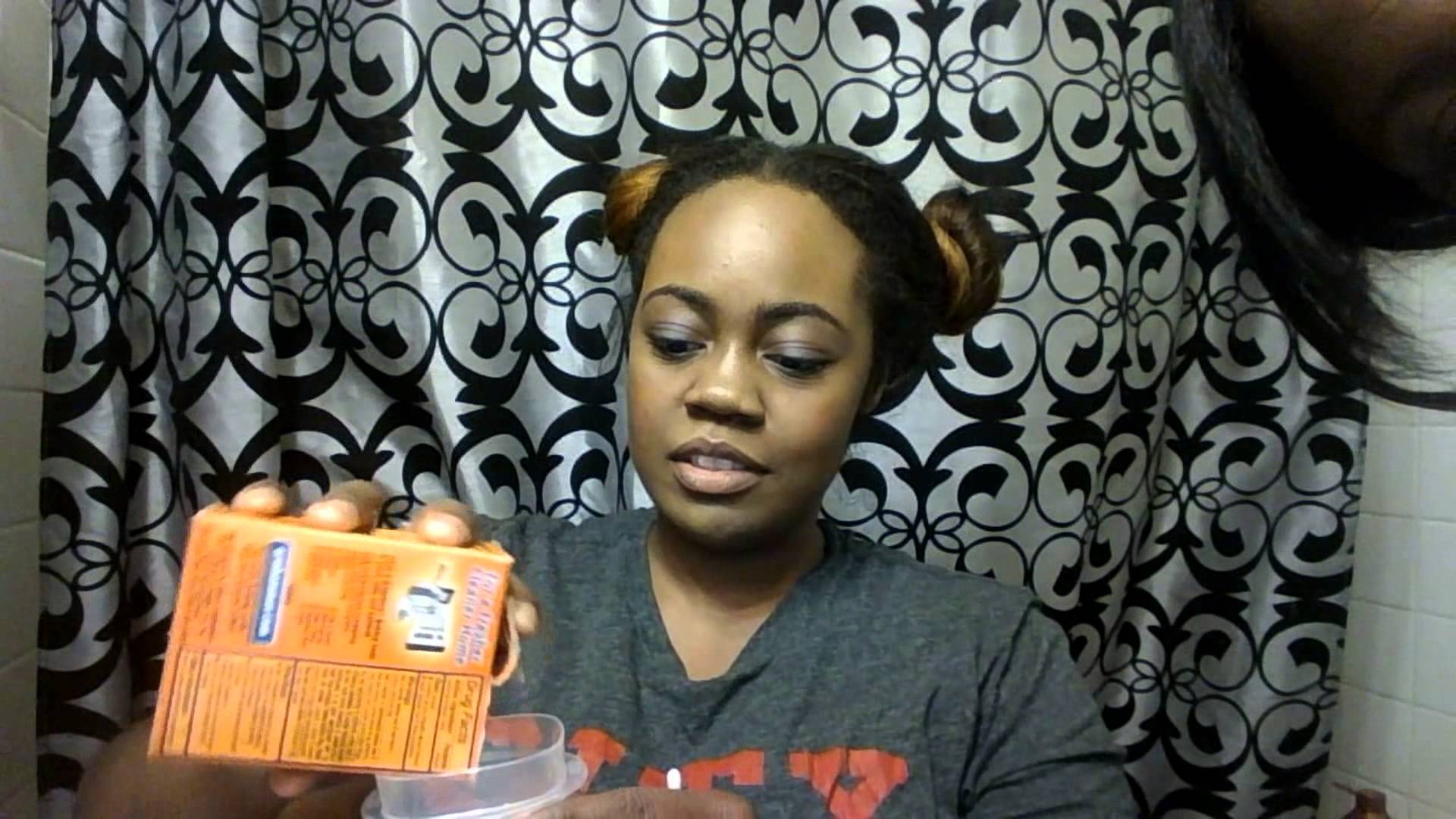Teeth Whitening Pain – 5 Solutions to This Potentially Painful Problem
Did you know that some people experience teeth whitening pain after bleaching? While most people experience little discomfort or pain after their whitening treatment, others experience pain in the form of tooth sensitivity or gum irritation. Some people also report intense and intermittent “zingers” or a piercing jolt in their teeth. So what should you do to eliminate or avoid teeth whitening pain?
Avoiding the pain requires that you have an understanding of the pain itself. As mentioned earlier, some people experience tooth sensitivity. The sensitivity may be triggered by cold liquids, breathing or even air hitting your teeth. The degree of sensitivity can be very moderate to extremely painful. It can occur immediately after the whitening and last up to 24 -48 hours. In rare case, sensitivity can last much longer.
Gum irritation and “zingers” occur less frequently but nonetheless can cause significant discomfort or pain. People have reported feeling powerful “jolts” or “zingers” after receiving professional teeth whitening like laser teeth whitening or zoom teeth whitening.
Regardless of the type of whitening system you use, there are a few things you can do to avoid, eliminate or limit the pain. The best way is to consult with your doctor prior to any whitening procedure. While there is no assurance that teeth whitening pain can be completely avoided, seeking professional advice is the smartest way to avoid or limit any pain.
Here are other tips to consider:
1. If you plan to have your dentist bleach your teeth, prior to your visit brush with a high fluoride toothpaste or rinse with a mouthwash that contains fluoride a few weeks prior to the whitening. Fluoride helps strengthen the outer enamel of your teeth. Some dentists may also advise you to take an ibuprofen such as Aleve before and after the procedure.
2. If you plan on using a home remedy tooth whitening system like whitening gels or bleaching trays, start out with a limited amount to test the sensitivity of your gums and teeth.
3. Don’t use too much whitener as this can ultimately lead to persistent pain and ongoing tooth sensitivity. Also, apply the whitener with care and do not allow it to enter into areas where your gums are receding. In other words, don’t become a “teeth whitening addict” looking for a quick bright white smile in minutes. Follow the directions.
4. If you already know you have sensitive teeth, severely receding gums, or defective restorations share this information with your dentist as he or she will adjust the amount of bleaching gel (peroxide) accordingly. Home teeth whiteners should be used sparingly and milder versions should be applied with extreme caution.
5. After whitening, brush with lukewarm water, avoid extreme temperatures in liquids or food and use a toothbrush with soft bristles. Over-the-counter toothpaste for sensitive teeth can help too. If the tooth sensitivity lasts more than a few days consult with your dentist as this may signal a different or underlying problem.
The bottom line is that a whiter smile can raise your confidence and self-esteem among other things. Don’t worry too much about any teeth whitening pain or discomfort. Go ahead, get whiter teeth today.
Teeth Whitening Pain – 5 Solutions to This Potentially Painful Problem by Morgan Wilson



